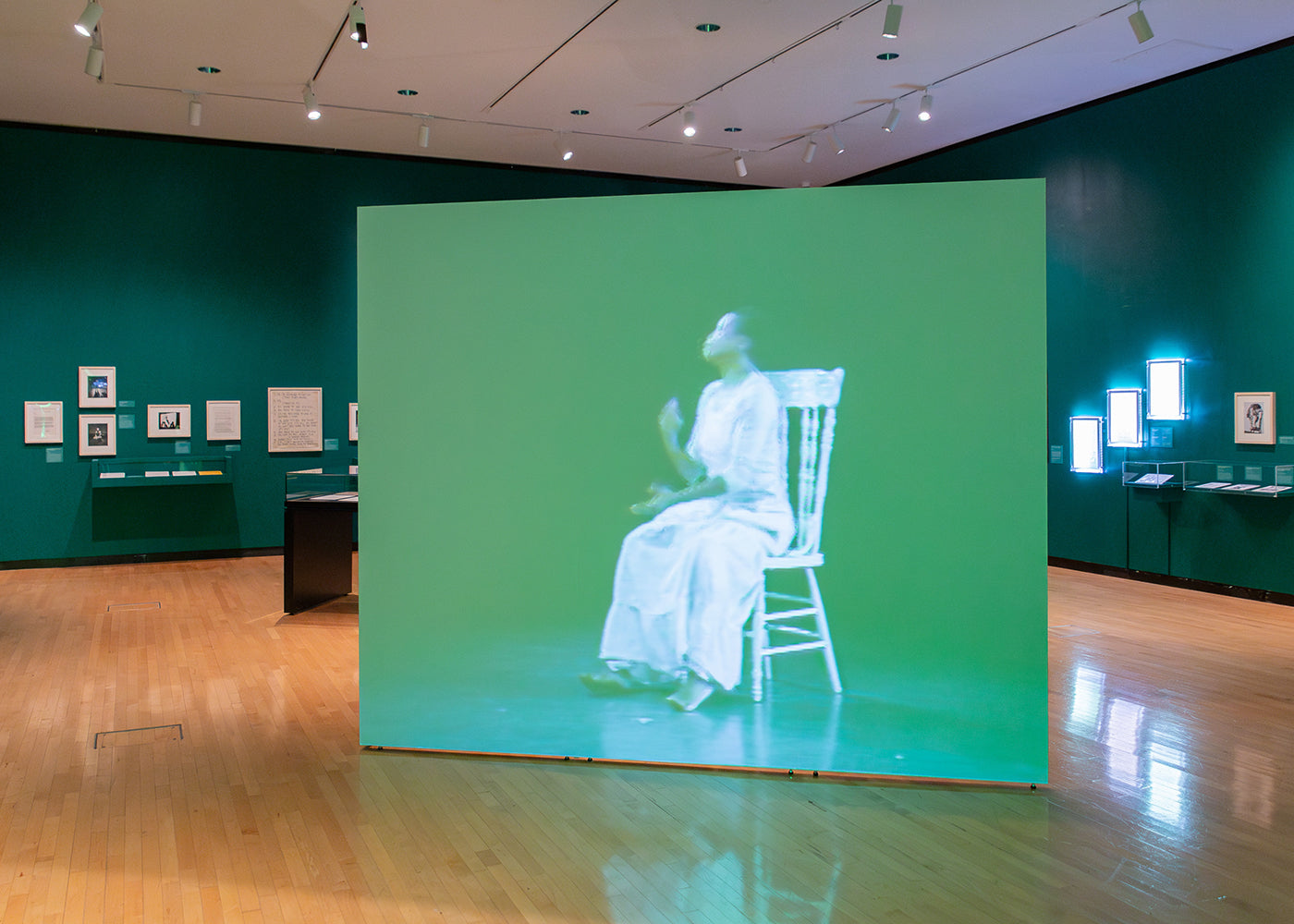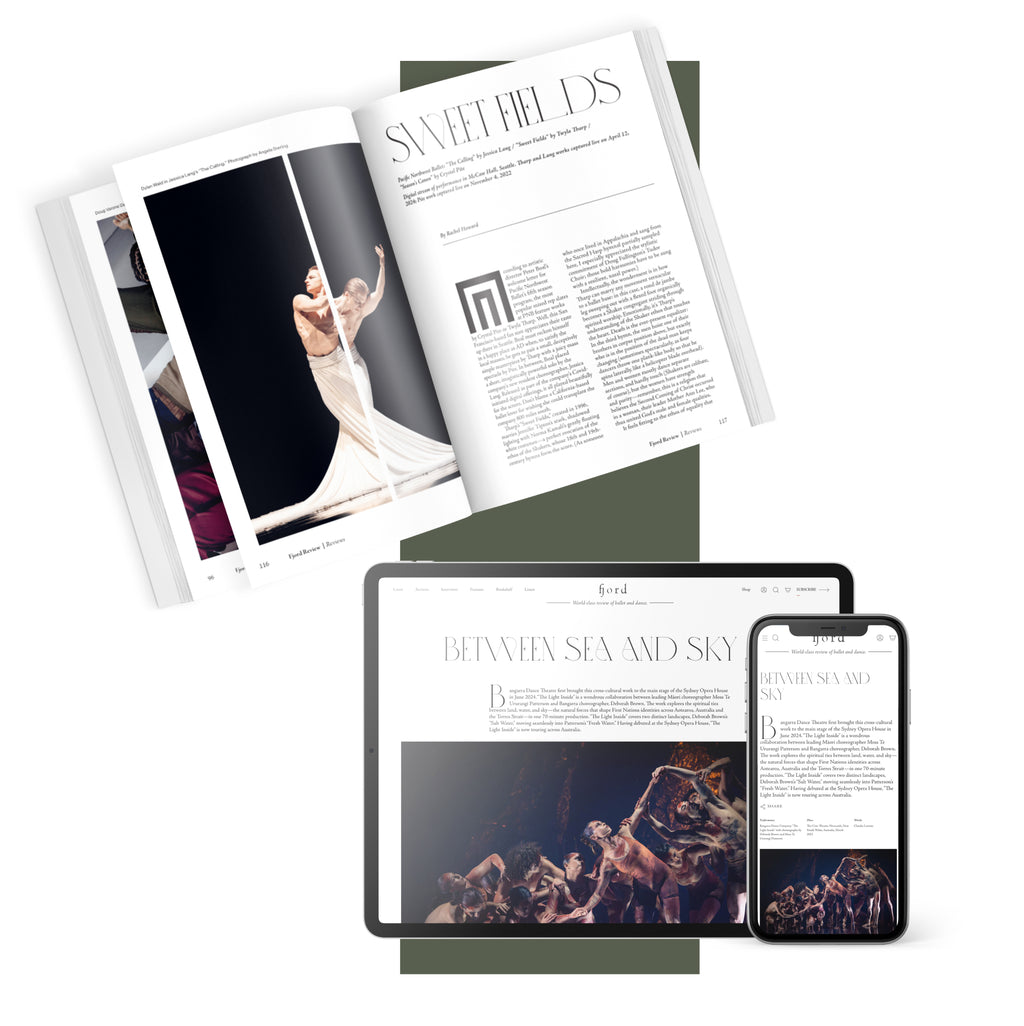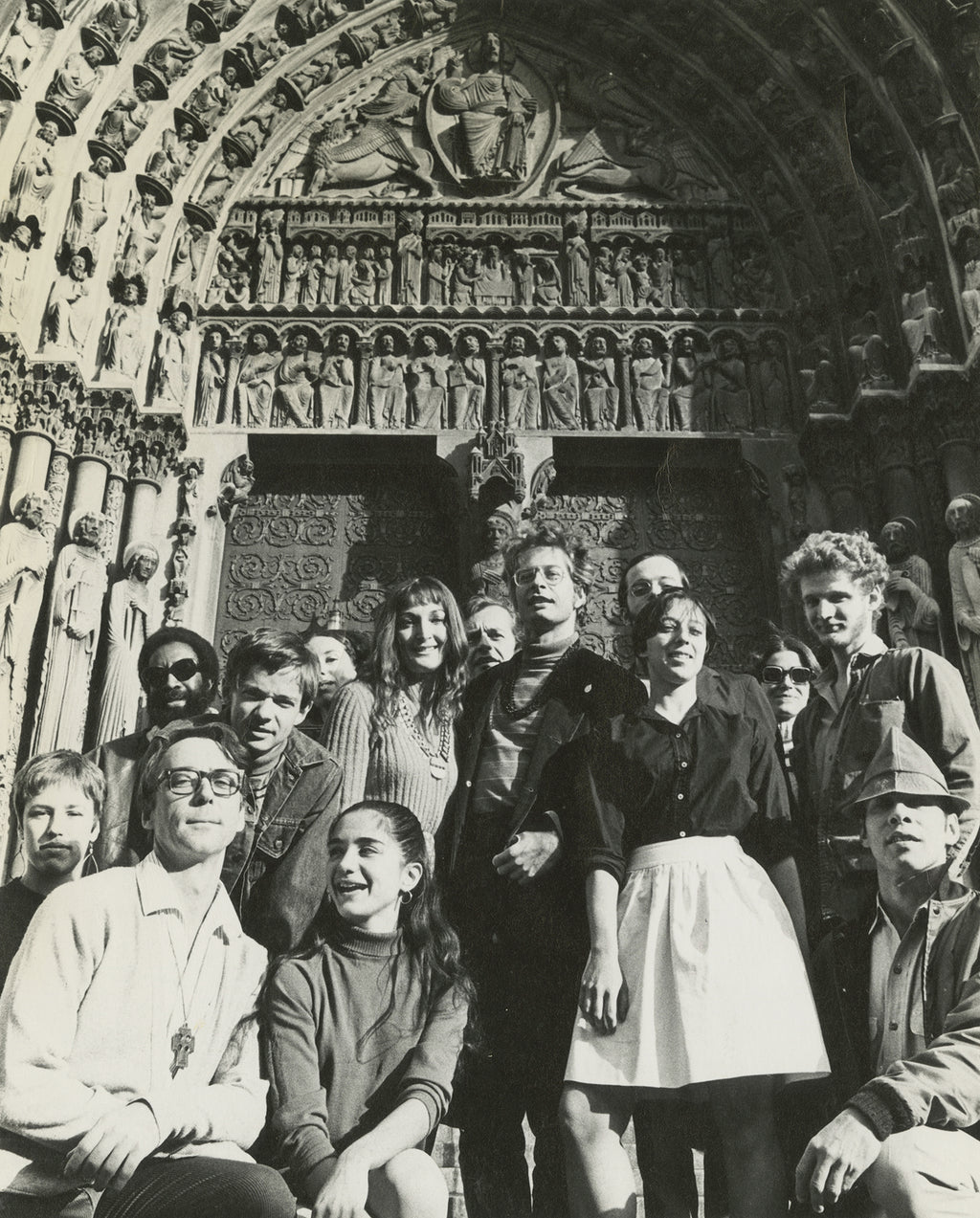Strong Foundations
The Sun King not only invented ballet in its modern form but in 1713 also founded the oldest ballet academy in the world.
Continue Reading
World-class review of ballet and dance.
In 1963, Jeff Duncan started working from home. Duncan—born Thomas Jefferson Duncan Jr. in Longview, Texas—was a celebrated dancer and assistant for Anna Sokolow and Doris Humphrey in the 1950s. Duncan also made his own work, and in the 60s, started renting a former dress factory in Chelsea to live in as well as dance in.



“Uncommonly intelligent, substantial coverage.”
Your weekly source for world-class dance reviews, interviews, articles, and more.
Already a paid subscriber? Login

The Sun King not only invented ballet in its modern form but in 1713 also founded the oldest ballet academy in the world.
Continue ReadingThe Choreographic Platform Austria (CPA) held in Salzburg from 20–22 November 2025, has become a biennial focal point for contemporary dance in Austria.
Continue ReadingIt’s “Nutcracker” season at San Francisco Ballet—36 performances packed into three weeks—which means that the company is currently serving two distinct audiences.
Continue ReadingLast week I caught up with choreographer Pam Tanowitz and Opera Philadelphia’s current general director and president, countertenor Anthony Roth Costanzo to talk about “The Seasons,” the company’s latest production premiering at the Kimmel Center’s 600-plus seat Perelman Theater on December 19.
Continue Reading
comments